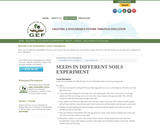
Students will test different types of soil to determine which is best for growing plants.
- Subject:
- Science
- Material Type:
- Lesson Plan
- Provider:
- Green Education Foundation
- Author:
- Green Education Foundation
- Date Added:
- 02/26/2019

Students will test different types of soil to determine which is best for growing plants.
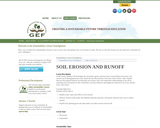
Students will investigate the role plants, grasses, and trees have in preventing soil erosion. They will identify some causes and effects of soil erosion, observe erosion results made with different materials, and explain how planting grass and other plants can reduce erosion and run-off.
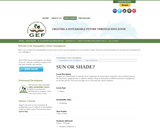
Students will use a thermometer to measure the air temperature in several places around the school and then return to the classroom to graph the data. In addition, students will grow three plants in different amounts of sunlight and record their growth.
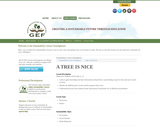
Students will identify the different parts of trees and the purposes they serve and how these features help them live in different environments. Students will also read the book "A Tree is Nice" by Janice May Udry.

Students will explore how energy demands can be satisfied through waste-to-energy plants. They will examine data related to the use of incineration to produce energy.

Students will explain the need to reduce the amount of trash they generate and describe ways in which they can make changes in their actions to support waste reduction. Students will collect, record, and interpret data using a variety of graphic representations.
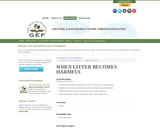
Students will describe litter, explain how litter moves and its connection to water pollution. They will also identify ways humans can help improve the environment by preventing litter.
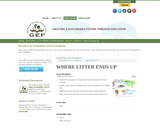
Students will describe litter, explain how litter moves and its connection to water pollution.

Students will discuss how they can protect nature at their current age and as they become adults.

Students will explore the interdependence between humans, trees, and nature.